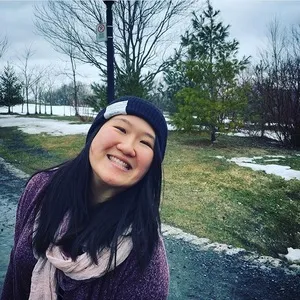Whether you simply want to take your Instagram account to the next level or you want to get into the food photography industry, these tips and tricks will be handy and important to think about whenever you are taking photos of food.
Here are just some of the things I have learned as a food photographer for Foodora.
1. Proper Lighting
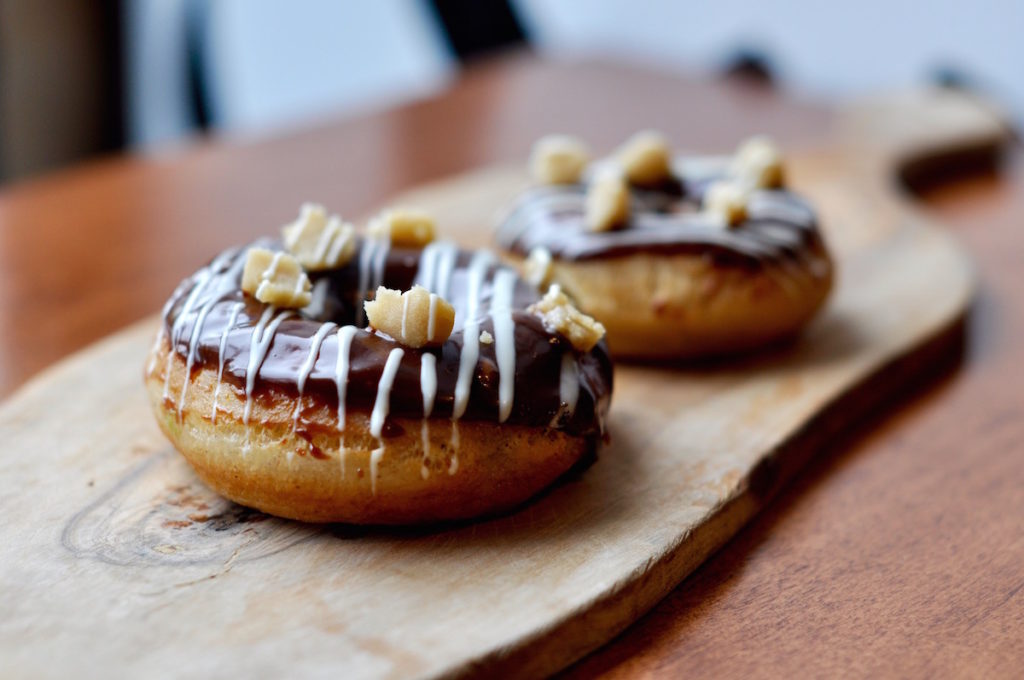
Photo by Helena Lin
I know what you are thinking… so basic. However, don’t be deceived, lighting makes or breaks a photo. Bright lighting is not always better lighting. If it’s too sunny out, photos become overexposed, while if it’s too dark, well, we all know the struggles there. Slightly cloudy days actually make the best photography days because clouds disperse the sunlight and make it less harsh.
2. NO FLASH
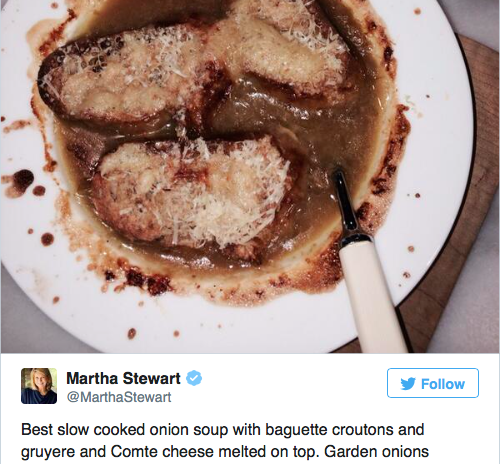
Photo courtesy of @MarthaStewart via twitter.com
This is probably one of my biggest pet peeves—when people use flash in dark lighting to take photos of food. If you don’t understand how flash can accentuate photos don’t use it. Flash will reflect poorly off of plates and foods with more shine (a.k.a. butter or oil). In this case, do not follow in Martha Stewart’s footsteps.
3. Tripods are key
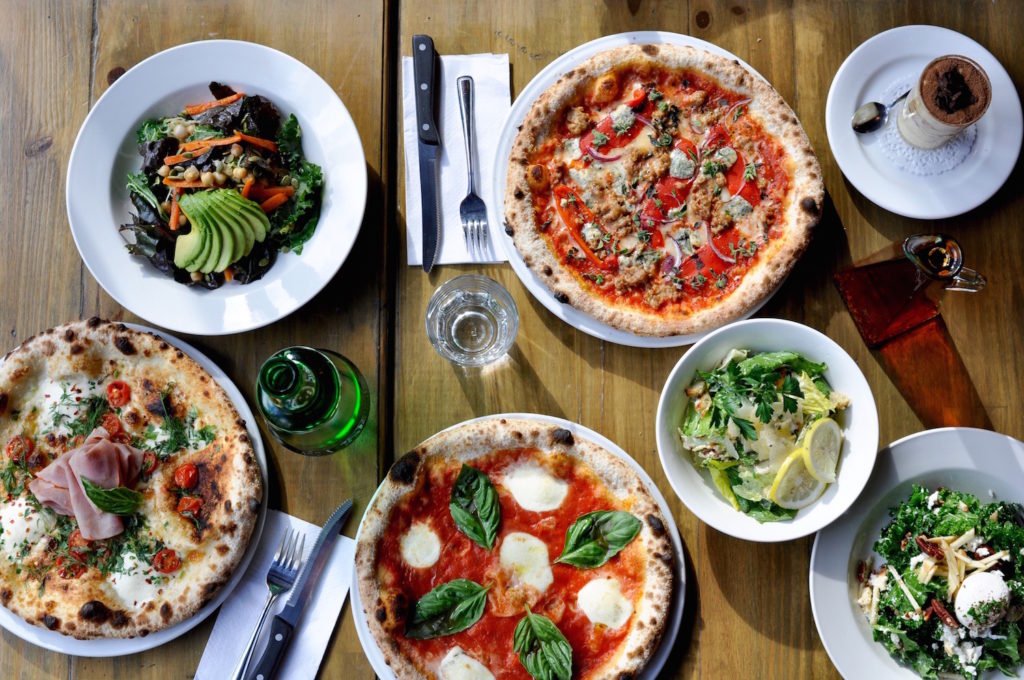
Photo by Helena Lin
Yes they are clunky to carry around and for the average foodie it may be excessive, but if you are looking to get into food photography then I must recommend having a tripod. Having a tripod allows you to a) take photos in more dim lighting by compensating with a lower shutter speed, b) allows you to frame a shot and stage your food, c) reduces noise from a shaky (or caffeinated) hand.
4. Staging
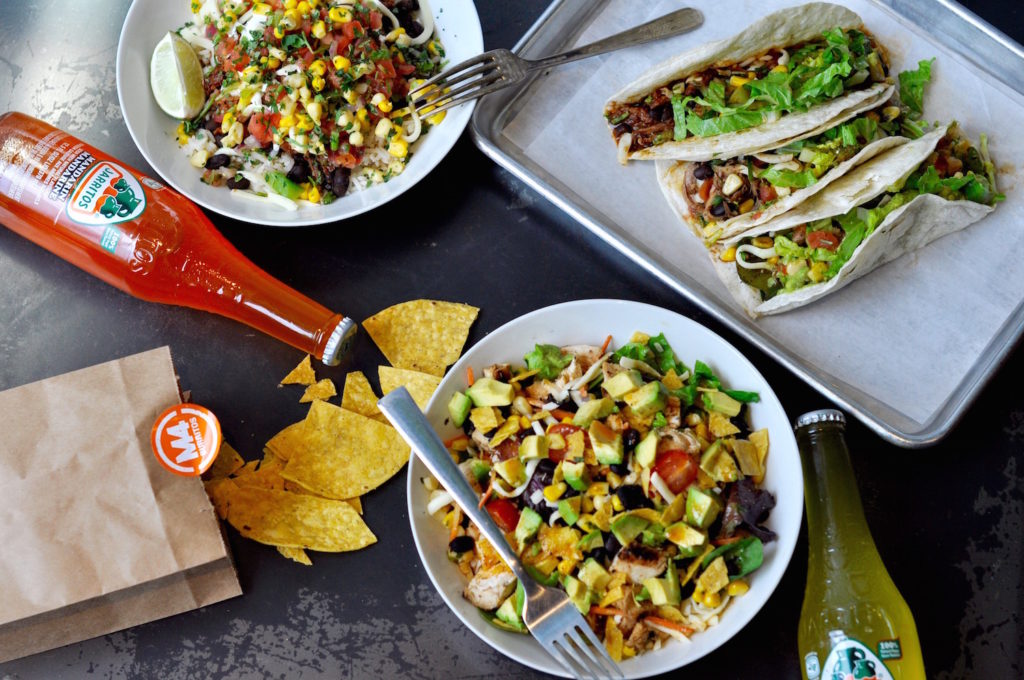
Photo by Helena Lin
It’s a delicate balance between placing things perfectly and making it look like it was simply thrown there. Always play around with arrangements and take multiple shots. Always place dishes in odd numbers, it just looks better.
5. Angles
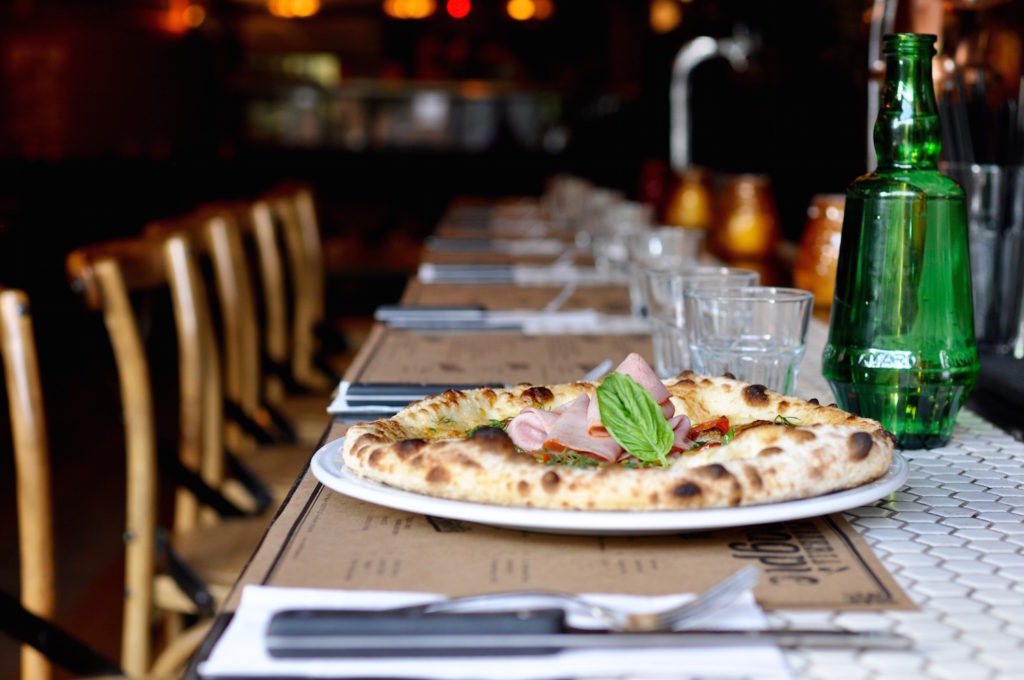
Photo by Helena Lin
Forget about the the classic overheard shots, that’s overdone. Be sure to play around with different angles and make sure to rotate the dish to find the best angle that highlights all the components.
6. Take Lots of Photos

Photo by Helena Lin
The worst thing that can ever happen— you realize all your photos are awful. Solution? Take tons. Let’s be real we are in the age of digital photography and SD cards are cheap so take advantage.
7. Be Interactive
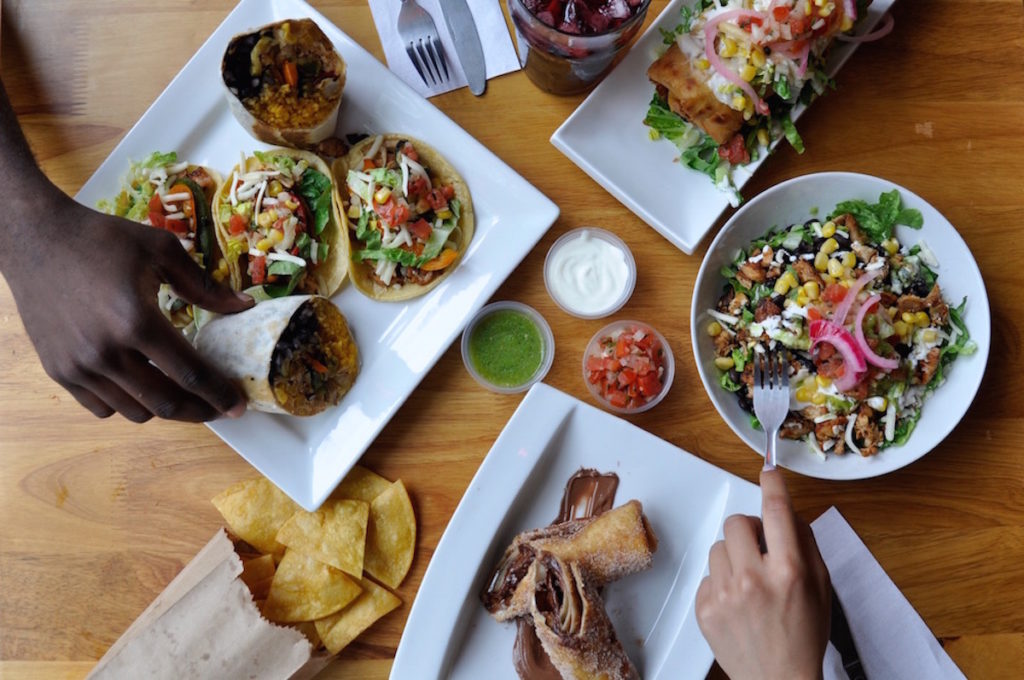
Photo by Helena Lin
There is no other time where someone will say “play with your food”. Bring along a hand model to pick up a sandwich or grab a chip. Add some life into your composition.
8. Play with Depth of Focus
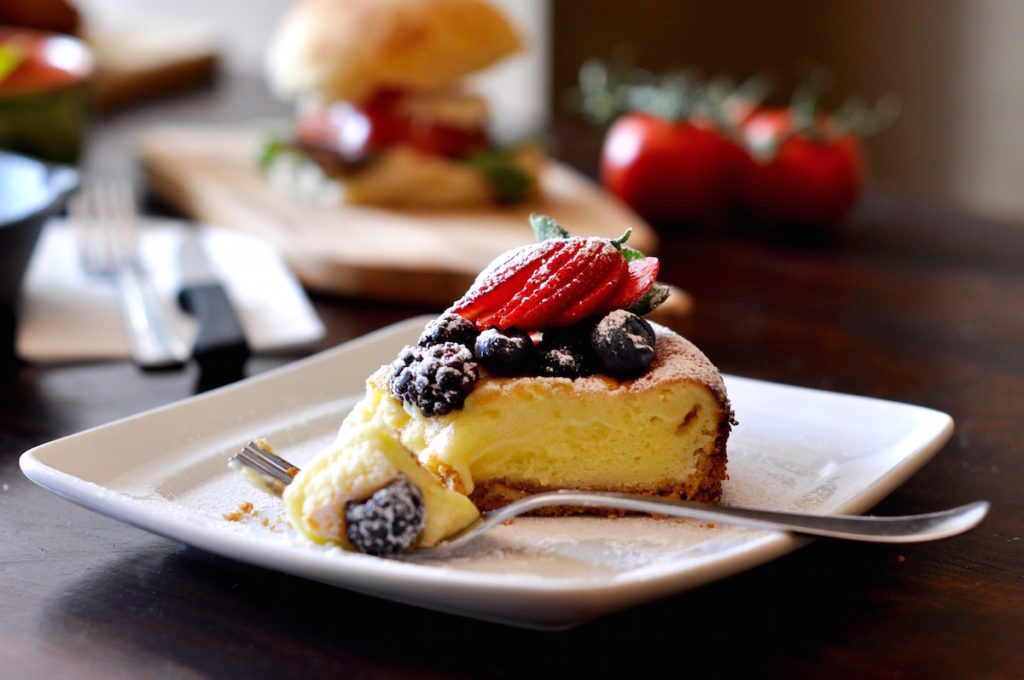
Photo by Helena Lin
One of my favourite pass times is playing things behind each other and playing with where I focus my shot. For more crisp and sharp photography aim for an aperture of F2.8-3.5, but be very careful where your point of focus is.
9. Get Inspired
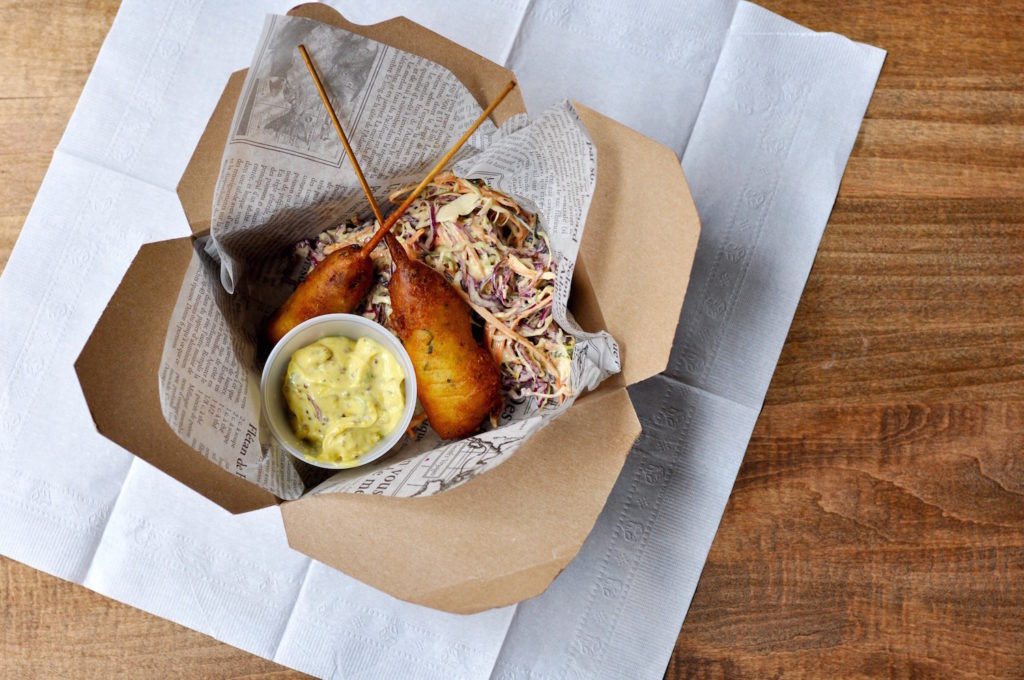
Photo by Helena Lin
Nothing is worse than taking photos of food that a) doesn’t taste good and b) is made by people who don’t care. I always love hearing the backstory behind a dish, behind a restaurant, meet the people who prepared your food and your photos will naturally look to die for.
10. Let the Food Speak for Itself
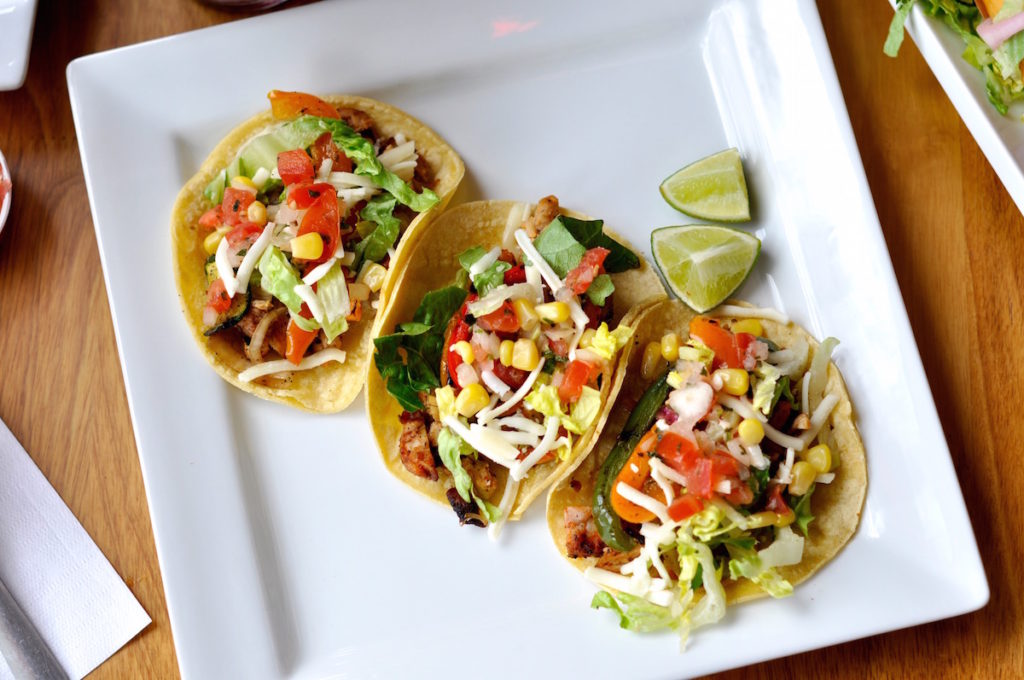
Photo by Helena Lin
It may be tempting to add filters to your photos and go crazy on Photoshop, but I believe that the best food photography is left au naturel. Tweek the exposure, brightness, highlights, and shadows, perhaps a bit of contrast too, but other than that, let the food speak for itself. Also, unless the ambience is nice, just focus on the food.
11. Don’t Listen to Your Camera
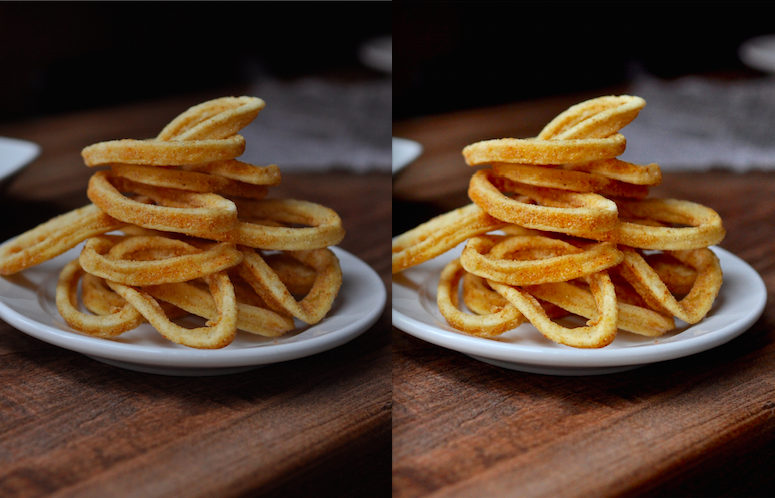
Photo by Helena Lin
Cameras may have come along way in the last 20 years, but at the end of the day it is a machine. Although it is more work, I always opt to use manual settings where I can adjust the ISO, aperture and shutter speed to my liking. This way, I get the lighting just the way I want it, as well as the depth of focus. It will take more time, but the results are worth it.


